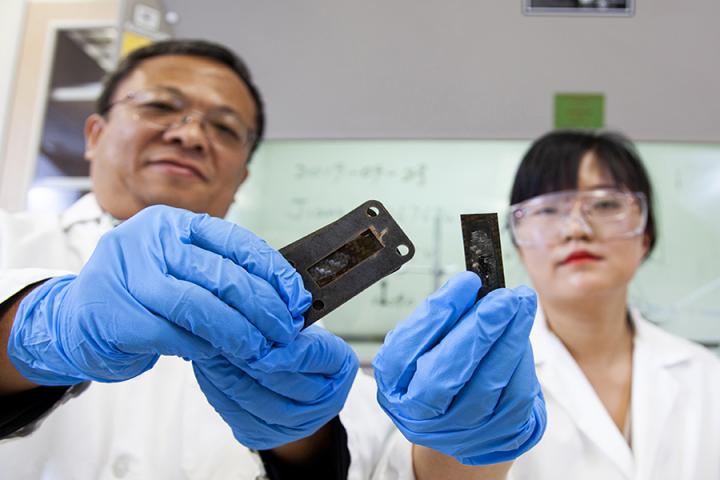While passengers endure 19 hour non-stop flights from London to Sydney, aerospace researchers are working on ways to speed up flight. Materials scientists from Florida State University (FSU) reports in the journal Carbon that they have developed a thin, lightweight material that they believe could help shield aircraft from the intense heat that they would experience flying at around five times the speed of sound.

Further reading
- Hypersonic scramjet sets new thrust record
- New ceramic coating could have hypersonic applications
- Hypersonic vehicle achieves aviation history
_____________________________________________________________________ The material described in the
Carbonpaper is formed from sheets of carbon nanotubes – which the team refers to as “buckypaper “ – soaked in a phenol-based resin. This yields a lightweight, flexible material that can form a heatproof skin that protects the aircraft structure while also providing mechanical reinforcement. Testing the material with a blowtorch showed that the material retains much of its strength and flexibility after heating, in contrast to ceramic-based heat shield materials which are prone to cracking after heating. The buckypaper material retained 39 per cent of its flexural strength and 70 per cent of its modulus of elasticity after heating, in comparison to 11 per cent and 21 per cent for a standard carbon fibre reinforced plastic control material.





Nanogenerator consumes CO2 to generate electricity
The chemistry seems incredibly complex. When the article came out here in Australia the News report was really funny because they scientist/researcher...